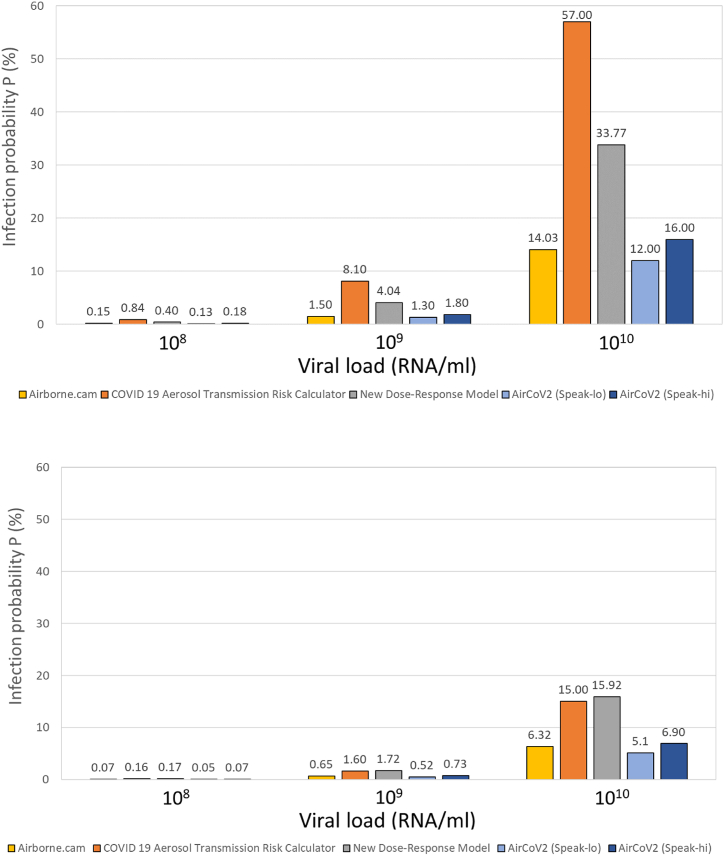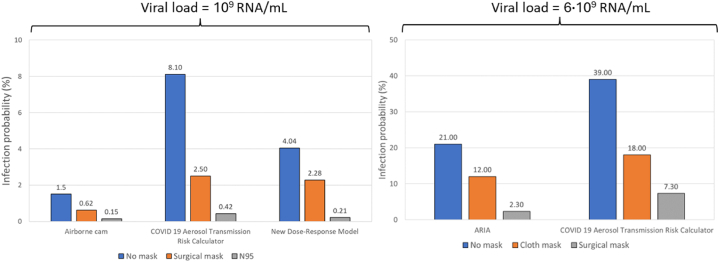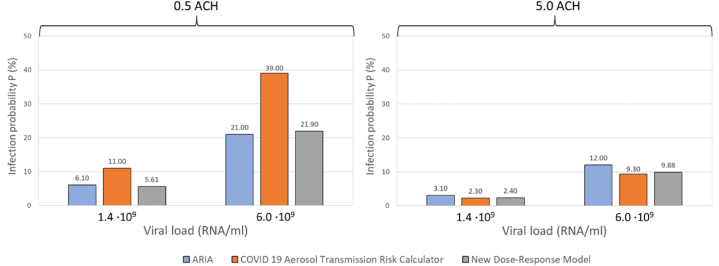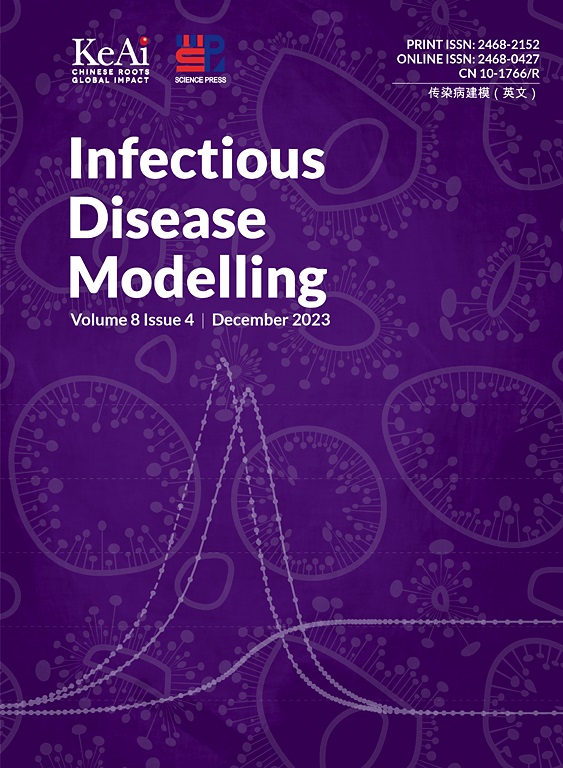Comparative assessment of airborne infection risk tools in enclosed spaces: Implications for disease control
IF 2.5
3区 医学
Q1 Medicine
引用次数: 0
Abstract
The COVID-19 pandemic, caused by SARS-CoV-2, highlighted the importance of understanding transmission modes and implementing effective mitigation strategies. Recognizing airborne transmission as a primary route has reshaped public health measures, emphasizing the need to optimize indoor environments to reduce risks. Numerous tools have emerged to assess airborne infection risks in enclosed spaces, providing valuable resources for public health authorities, researchers, and the general public.
However, comparing the outputs of these tools is challenging because of variations in assumptions, mathematical models, and data sources. We conducted a comprehensive review, comparing digital airborne infection risk calculators using standardized building-specific input parameters. These tools generally produce similar and consistent outputs with identical inputs. Variations mainly stem from model selection and the handling of unsteady viral load conditions. Differences in source term calculations, including particle emission concentrations and respiratory activity, also contribute to disparities. These differences are minor compared to the inherent uncertainties in risk assessment. Consistency in results increases with higher ventilation rates, showing a robust trend across models. However, inconsistencies arose in the inclusion of face masks, often due to the lack of detailed efficiency values. Despite some differences, the overall consistency underscores the value of these tools in public health strategy and infectious disease control.
We also compared some of the model's efforts to conduct retrospective assessments against reported transmission events by assuming input parameters to the models so that the calculated risk would closely fit the original outbreak infection rate. Thus, validating these models against past outbreaks remains challenging because of the lack of essential input information from observed events. This comparative analysis demonstrates the importance of transparent data sources and justifiable model assumptions to enhance the reliability and precision of risk assessments.



封闭空间空气传播感染风险工具的比较评估:对疾病控制的影响。
由SARS-CoV-2引起的COVID-19大流行凸显了了解传播模式和实施有效缓解战略的重要性。认识到空气传播是主要途径,重新制定了公共卫生措施,强调需要优化室内环境以减少风险。已经出现了许多评估封闭空间空气传播感染风险的工具,为公共卫生当局、研究人员和公众提供了宝贵的资源。然而,由于假设、数学模型和数据源的差异,比较这些工具的输出具有挑战性。我们进行了全面的回顾,比较了使用标准化建筑特定输入参数的数字空气传播风险计算器。这些工具通常用相同的输入产生相似和一致的输出。变异主要源于模型选择和对不稳定病毒载量条件的处理。源项计算的差异,包括颗粒排放浓度和呼吸活动,也造成了差异。与风险评估中固有的不确定性相比,这些差异微不足道。结果的一致性随着通风量的增加而增加,在各个模型中显示出强劲的趋势。然而,由于缺乏详细的效率值,在口罩的纳入方面出现了不一致。尽管存在一些差异,但总体一致性强调了这些工具在公共卫生战略和传染病控制方面的价值。我们还通过假设模型的输入参数,比较了模型对报告的传播事件进行回顾性评估的一些努力,以便计算出的风险与原始暴发感染率非常吻合。因此,由于缺乏观察到的事件的基本输入信息,根据过去的疫情验证这些模型仍然具有挑战性。这一比较分析表明,透明的数据源和合理的模型假设对于提高风险评估的可靠性和准确性至关重要。
本文章由计算机程序翻译,如有差异,请以英文原文为准。
求助全文
约1分钟内获得全文
求助全文
来源期刊

Infectious Disease Modelling
Mathematics-Applied Mathematics
CiteScore
17.00
自引率
3.40%
发文量
73
审稿时长
17 weeks
期刊介绍:
Infectious Disease Modelling is an open access journal that undergoes peer-review. Its main objective is to facilitate research that combines mathematical modelling, retrieval and analysis of infection disease data, and public health decision support. The journal actively encourages original research that improves this interface, as well as review articles that highlight innovative methodologies relevant to data collection, informatics, and policy making in the field of public health.
 求助内容:
求助内容: 应助结果提醒方式:
应助结果提醒方式:


